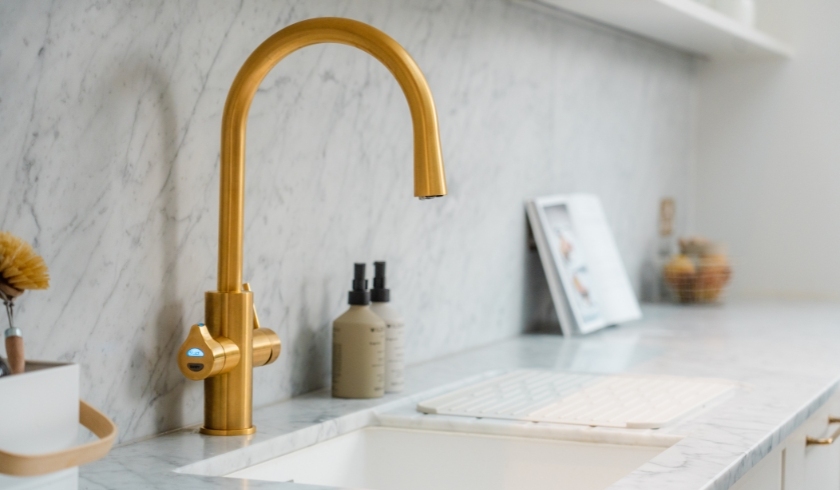21/12/2023
It's the beginning of a new year, and that means one thing: it’s time to start thinking about how the next 12 months or so are going to shape up, and more specifically, what interior design trends we can expect, since these will inevitably influence how we interact with spaces at home and in the workplace.
At Zip Water, we’re proud to work alongside and support interior designers, with over 75 years of industry knowledge and expertise. Throughout our history, we’ve won numerous awards for design excellence and technological innovation, but we’re also delighted to have released a range of accredited Continuing Professional Development Schemes (CPDs).
Our CPDs help interior designers demonstrate their ongoing commitment to learning and professional practice, while our flagship showroom in Clerkenwell enables designers to visit with clients so they can both experience water at its best first-hand.
But enough about us. What’s in store for 2024?
Often considered to be products of our environment, it’s worth taking some time to consider how forecasted trends for 2024 could change the spaces we know and love in the next 12 or so months. So, read on to discover our top picks.
Home is where the heart is, so the saying goes. Since the pandemic, we’ve (hopefully) learned to fall back in love with homes, with many now giving more attention to design, function, and layout – three key pillars to turn a standard house or apartment into a truly exceptional place to live.
One positive we’ve noticed is people seem to have (re)discovered that they can do more with the spaces they already have.
And that’s not just with existing rooms, like the kitchen, which we’ll come to shortly, but also the creation of new spaces like home gyms and offices in the garden, for instance.
The first trend we’re forecasting for 2024, then, is a further exploration of alternative spaces within – and just outside of – the home.
According to Forbes, 65 percent of workers report they want to work remotely all of the time, underscoring the continued popularity of the working model since the pandemic and as we head into 2024. While 32 percent said they preferred a hybrid split between work and home. Both statistics seem to affirm one thing: working from home (WFH) is here to stay.
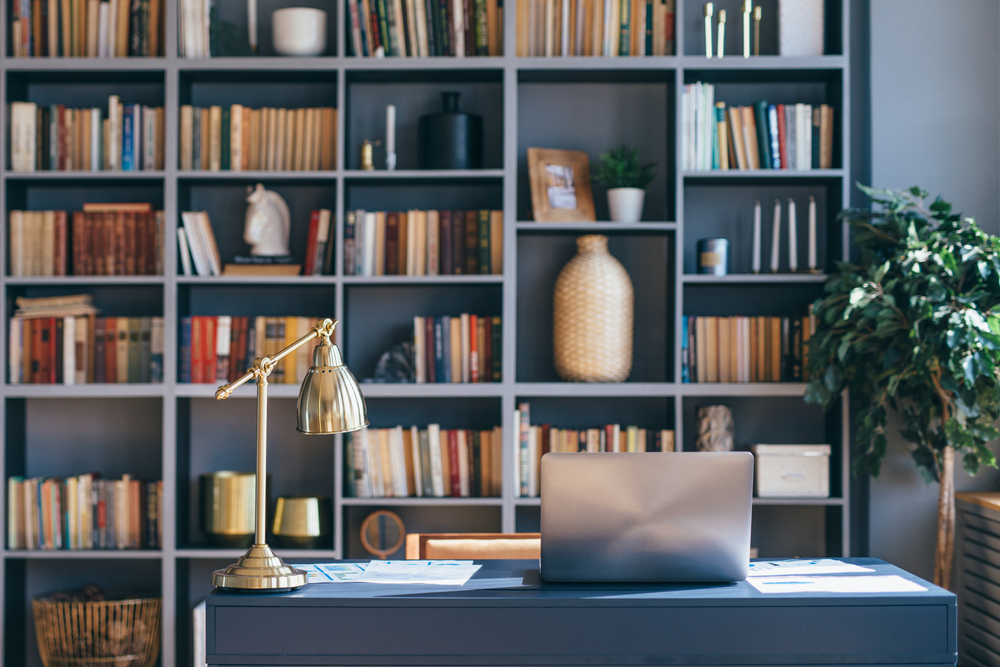
By turning a spare room, annex, or outbuilding into a beautifully designed, inspiring place to work, WFH professionals can enhance the days they don’t have to commute to the office. Add an air-purifying houseplant, some mood lighting, and a standout piece of art, and you can build a fulfilling and productive space to foster big ideas and unlock new levels of creativity.
We’re also expecting to see more home gyms being kitted out in 2024. Not only can a home exercise studio save time (commuting to the gym, getting changed, working out, commuting home), money (one-off cost instead of a never-ending direct debit), and help conquer your fitness goals, they can also provide a significant boost to your overall sense of wellness and wellbeing.
We all know about the physical benefits of exercise – allowing us to live longer and healthier lives – but do you know the true extent working out has on our mental wellbeing?
For example, studies have shown that, as a behavioural intervention, exercise has the ability to alleviate symptoms of depression, and results suggest physical activities such as running are just as effective as psychotherapy.
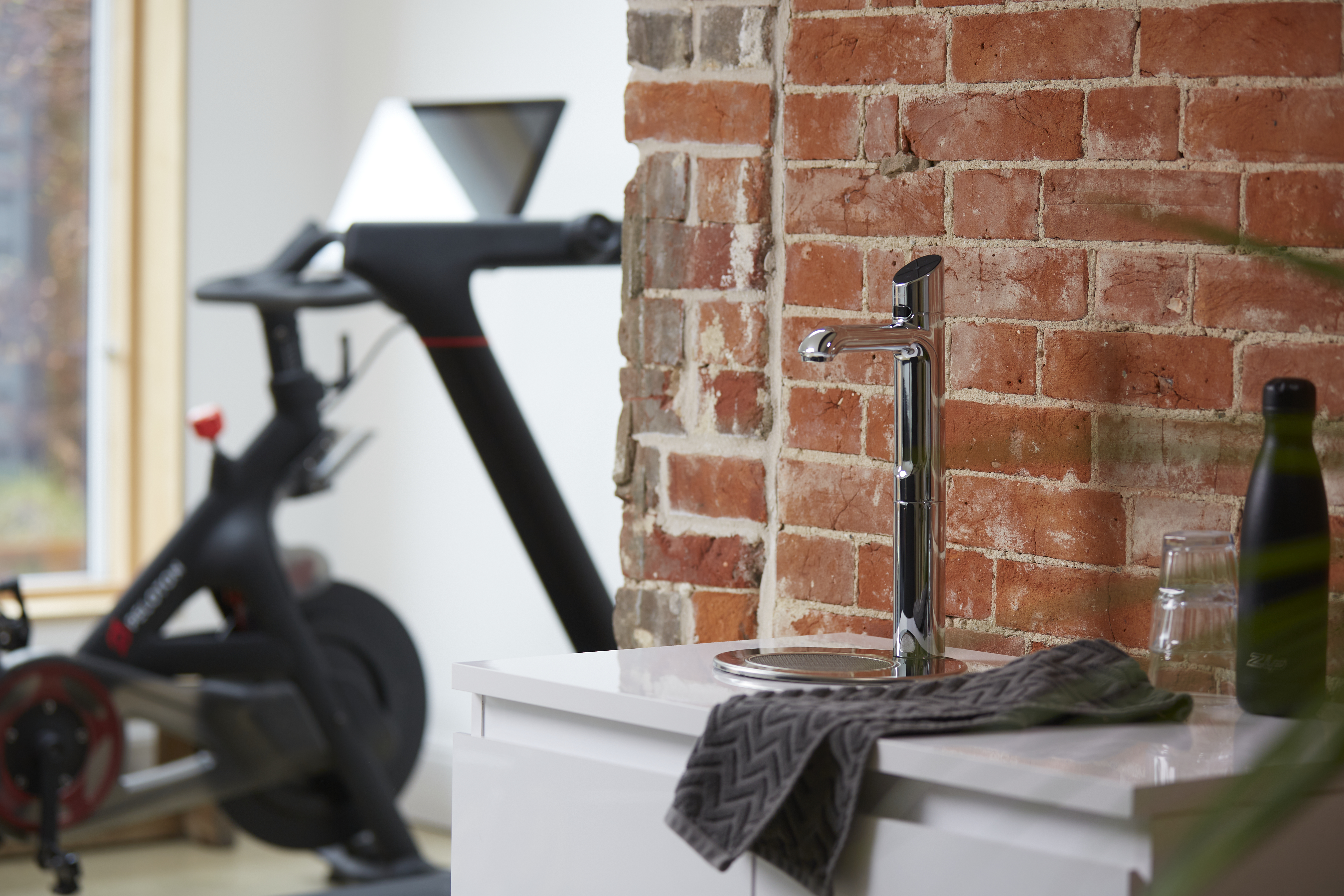
No matter the activity, when you’re working up a sweat, it’s important to stay hydrated. With flexible installation, we offer hydration solutions throughout the home, so you can enjoy our products in any room.
Our team of experts can install an eau-so-cool hydration station in your home gym – or office – with HydroTap, our flagship 5-in-1 drinking water system.
Thanks to it’s All-In-One capabilities, HydroTap keeps you cool after a HIIT workout with a glass of filtered chilled water, helps you unwind with a hot cup of chamomile after pilates or yoga, and adds sparkle to your post-spin class endorphin rush with its pure-tasting sparkling water.
With HydroTap for the home, you’ll always feel your best in a space that’s all yours.
Due to the economic and cultural shifts we’ve seen in recent years, another trend that we’re predicting for 2024 is an increase in multi-generational homes.
This trend will inevitably change how interior designers approach the home. With multiple generations living together under one roof, there’s going to be a greater demand for diverse and varied multi-use communal areas.
As such, the way we interact with our interiors – both as individuals and as families – will change, and designers will need to reconsider how our environments can serve Generation Alpha and Baby Boomers alike, with each having their own needs and preferences.
One space that will inevitably change in 2024 is the kitchen – the beating heart of any home.
With more generations under one roof, we’re expecting to see more communal kitchens in homes across the country, which will better suit more populated, cross-generation living.
Over the next 12 months, then, you can expect conservational islands and breakfast bars that cleverly mix style, storage, and function, to become a place that does more while also encouraging more interaction with every meal, no matter whether it’s being eaten or prepared.
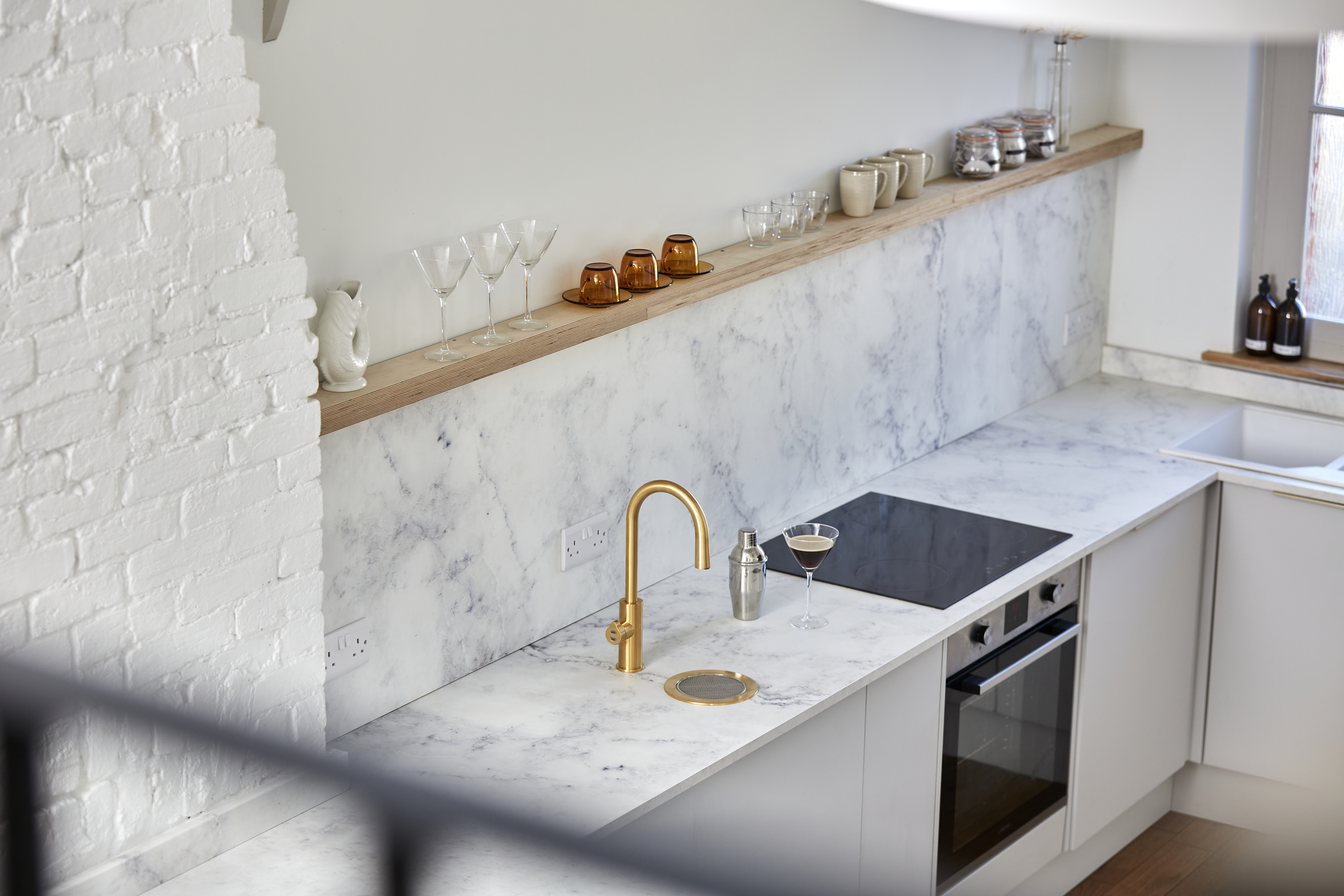
The National Kitchen & Bath Association also predicts gold will be the colour for kitchen taps and finishes in 2024. Matt black came in as a close second.
Some 630 industry professionals agreed that gold creates a warmer atmosphere, which we’ve certainly noticed with our Brushed Gold HydroTap All-In-One Arc. Warm tones support the more family-focused spaces we’re expecting to see this year, creating a more holistic sense of interior styling.
With the average worker spending 36.4 hours a week at work, it’s safe to say a lot of our time is occupied by work.
As we covered earlier, a higher percentage than ever are choosing to either work remotely or via a hybrid model, splitting their time between home and the workplace. However, the vast majority of people still commute to some form of workplace during their working week.
So, what interior design trends are on the cards for 2024, and how could our workspaces change?
While sustainability’s been a buzzword for several years now, we expect it to once again be a key driving force for interior design in 2024.
According to the World Economic Forum, the built environment, which includes offices and other kinds of workplaces, accounts for nearly 40 percent of global energy consumption and, in turn, about 30 percent of all global greenhouse gas emissions.
These undeniable facts mean that, whether retrofitting an office or moving to a new location, sustainability will be a primary consideration for small-to-medium sized enterprises (SMEs), and giant corporations alike.
Therefore, we’re expecting interior designers to prioritise materials and products that boast strong environmental credentials, an extended lifespan, and can be recycled at end of life.
However, if something can be repurposed – for instance, second-hand furniture in breakout communal spaces for downtime – then even better. Vintage furnishings are an incredible way to add character and warmth to a sleek, modern office.
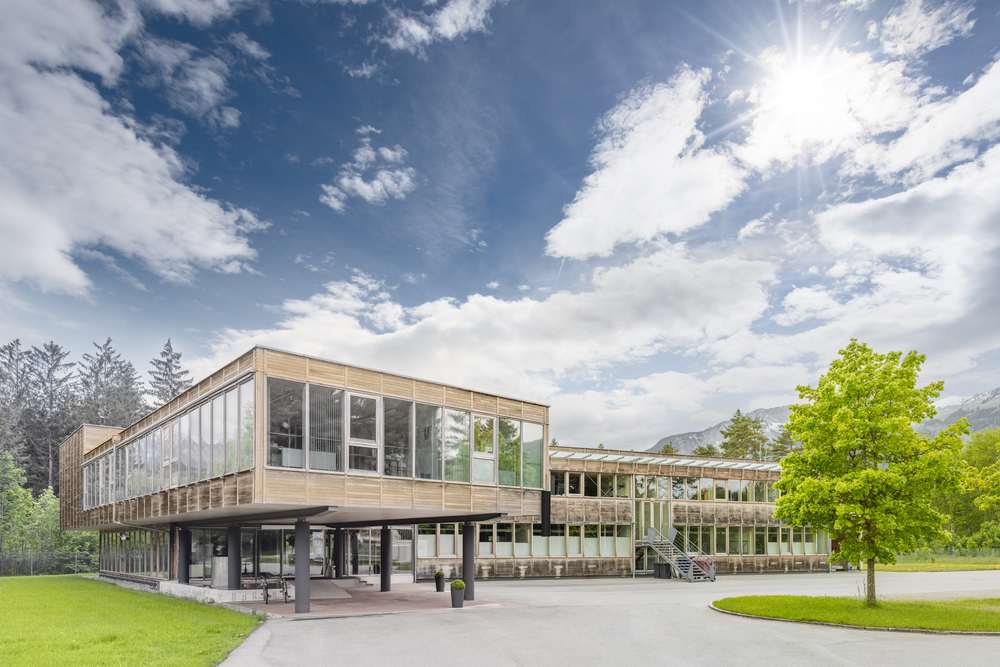
Some materials we expect to see more of in 2024 are environmentally friendly plant materials like bamboo, which grows rapidly with little labour and effort, and sustainable timber sources (identifiable by their FSC and PEFC accreditations), along with recycled or natural textiles.
At Zip, we’re committed to helping workplaces reduce their carbon footprint and single-use plastic consumption by creating a refill culture. For example, HydroTap can produce up to 85 percent less emissions than single-use plastics in a commercial setting. Now that’s refreshing!
On top of these environmental benefits, HydroTap and other Zip products like HydroMe also help keep employees hydrated. Did you know that just a 1 percent dip in hydration can lead to a 12 percent drop in productivity? That’s not good for anyone!
In 2024, we’re therefore expecting hydration to play a key role in office wellbeing, making it a wider trend within commercial interior design this year.
In Zip Water’s Ultimate Guide to Hydration, which is free to download, we covered one study that found nearly 50 percent of the some 3397 individuals surveyed said they drank less than 4 cups of water each day.
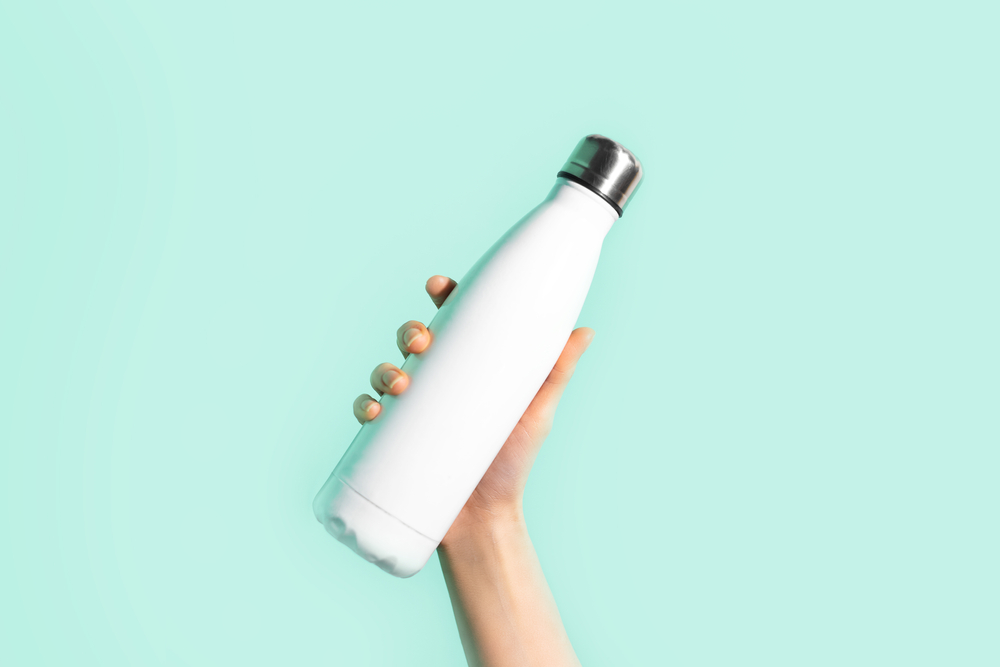
The NHS, however, recommends 6-8 cups of water every day (or about 1.9 litres). The study found that those who didn’t drink enough water showed more unhealthy behaviours, such as a lack of exercise and poor diet choices, both of which contribute to poor physical and mental health.
So, expect to see more dedicated hydration stations in the offices of companies that want to prioritise employee welfare and wellbeing. It’s a movement we can definitely get behind!
Taking measures to improve hydration isn’t just about improving employee wellness, it’s also an essential strategy for future-proofing economic performance. Because, ultimately, what is a business without its people?
In the same vein, we’ve noticed that companies – from SMEs to conglomerates – are creating new retreat spaces. These communal areas are designed to evoke a sense of calm and quiet – both of which are much needed in our high speed, global world of commerce.
Therefore, throughout 2024, we’re expecting this background movement to develop into a full-blown trend, especially when we consider the increased attention businesses are rightly giving to employee hydration and wellness.
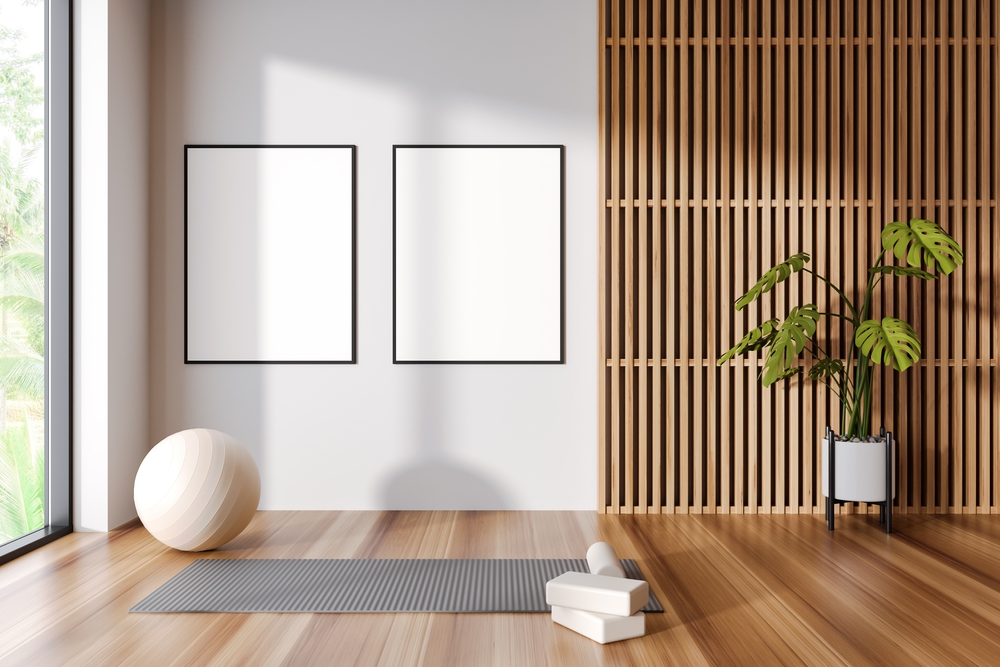
Interior designers will have to focus on agile working environments that cater to diverse individual and commercial needs, working visually to optimise a balance between quiet comfort and accelerated productivity.
We’re expecting to see dedicated reading spaces, soundproofed rooms or nooks for mindful practices, and informal breakout spaces. Recognising the importance of employee wellbeing with wellness rooms is a powerful reminder that people remain the number one asset of any company.
Talk to us about your next project, request a brochure or arrange a full product demo with one of our team.
